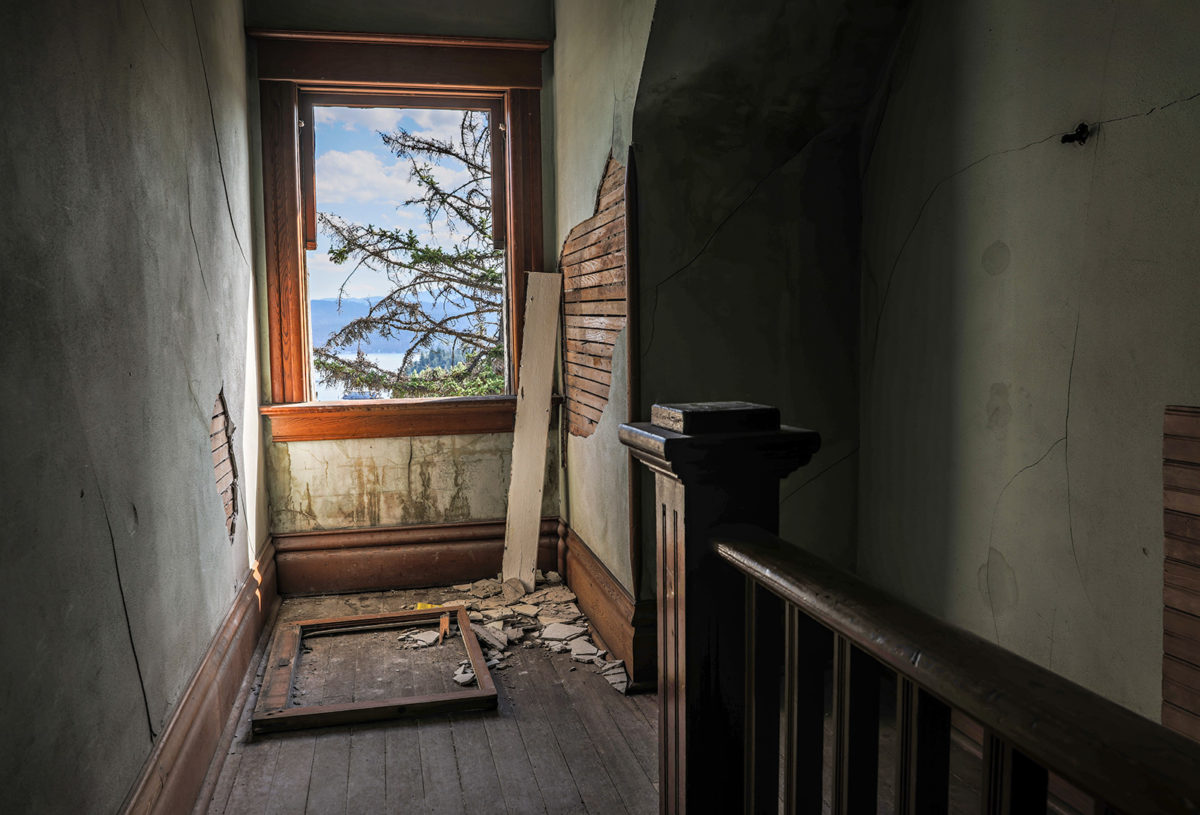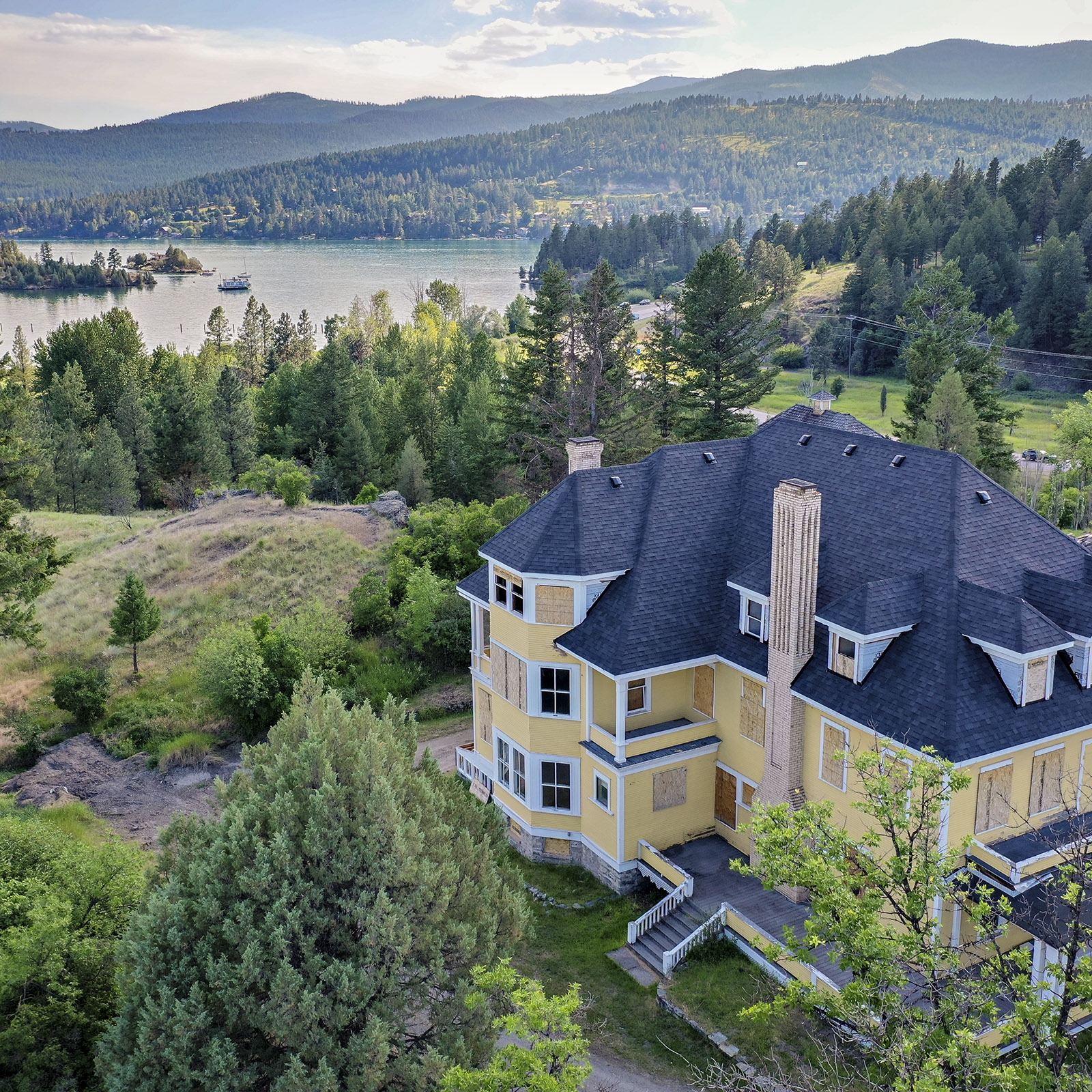
Chocolate chip cookies.
That was the key, a young Jasmine Morton thought, to getting inside the yellow mansion on a hill overlooking Somers. Since 1903, the 14-room, three-bathroom mansion had loomed over the village, and while in the early years it was a hub of community activity, in recent decades it has been shrouded in mystery, kept closed by a series of reclusive owners.
But a recluse wasn’t going to stop one determined middle-schooler armed with a plate of freshly baked cookies. On a cool winter day, Morton walked up to the front door and knocked. As she stood there, she briefly wondered what she might see inside. But her dreams of a tour were quickly and unceremoniously dashed when the light inside that had buoyed her hopes was turned off. Crestfallen, she left the plate of cookies on the steps and walked away. It would be another two decades before she would get a chance to look inside the mansion on the hill.
Despite the disappointment she felt that night, the incident did little to diminish her fascination with the mansion.
“I grew up passing the building every day,” the Somers native said. “I’ve always loved it.”
Morton is not alone. Despite being a private residence for most of its existence, many people in the little lakeside community feel a connection to the Somers Mansion, as if they own a piece of it, even if they’ve never been inside. But Morton, as the new owner, is promising to restore the beloved building and even let the public inside for a look around.
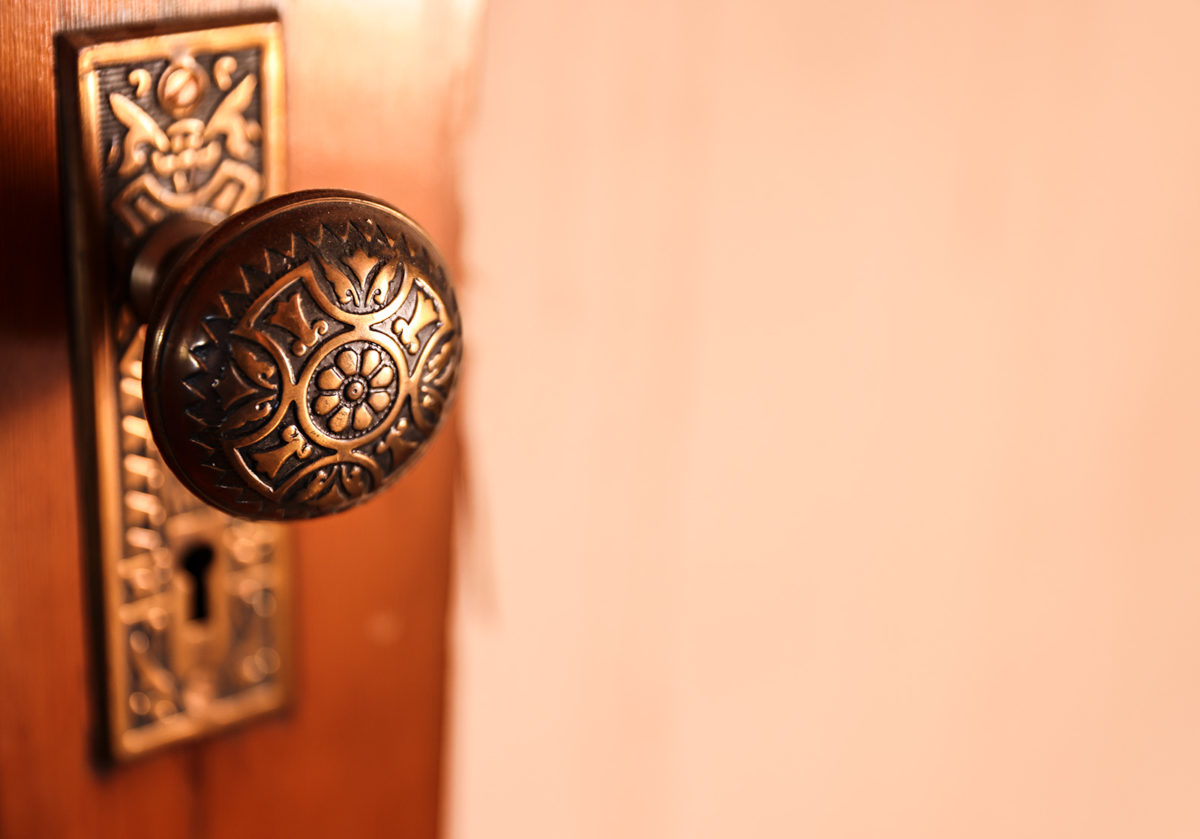
Today, Somers is a quiet little hamlet on the north end of Flathead Lake. But it wasn’t always this peaceful. In 1900, railroad builder James J. Hill opened a sawmill to make cross ties for his growing Great Northern Railway. A town cropped up around the mill as hundreds of laborers put down roots. But there was no denying that this was a rough-and-tumble industrial town, regardless of its idyllic setting on the largest freshwater lake in the U.S. West.
“The nearest approach to hell on earth is Somers, Mont.,” wrote F.W. Healewood in the Industrial Worker, a newspaper published by the Industrial Workers of the World, ahead of a strike a few years after the mill opened. “The principal industry at Somers is sawing railroad ties for Jim Hill. Jimmy owns everything around Somers including the water, docks, sawmills, county roads, and all the land that the town is situated on. Jimmy also owns the post office and nearly all the judges and lawyers in Flathead County. When he wants a few dozen thugs to intimidate the workers when they demand more pay, he gets the drunken sheriff to deputize all the moral degenerates that are not in the penitentiary in Montana.”
A few years after the mill opened, Hill took the nicest piece of land in town and set it aside for one of his deputies, John O’Brien, the first manager at the Somers Lumber Company. O’Brien had a big family and needed a big house for them all, so over the summer of 1903, a group of craftsmen built a 7,982-square-foot mansion. Construction was quick, which is obvious in the varying levels of craftsmanship and techniques.
O’Brien didn’t stay in the house for long, though, and a few years later the family moved back to Minnesota. The first floor was turned into a company office, while the second floor housed the new mill manager and his family. The third floor became a boarding house for workers, later dubbed The Mountain Inn. It was during these years that the building became a community hub, used for social events, dinners, dances and more.
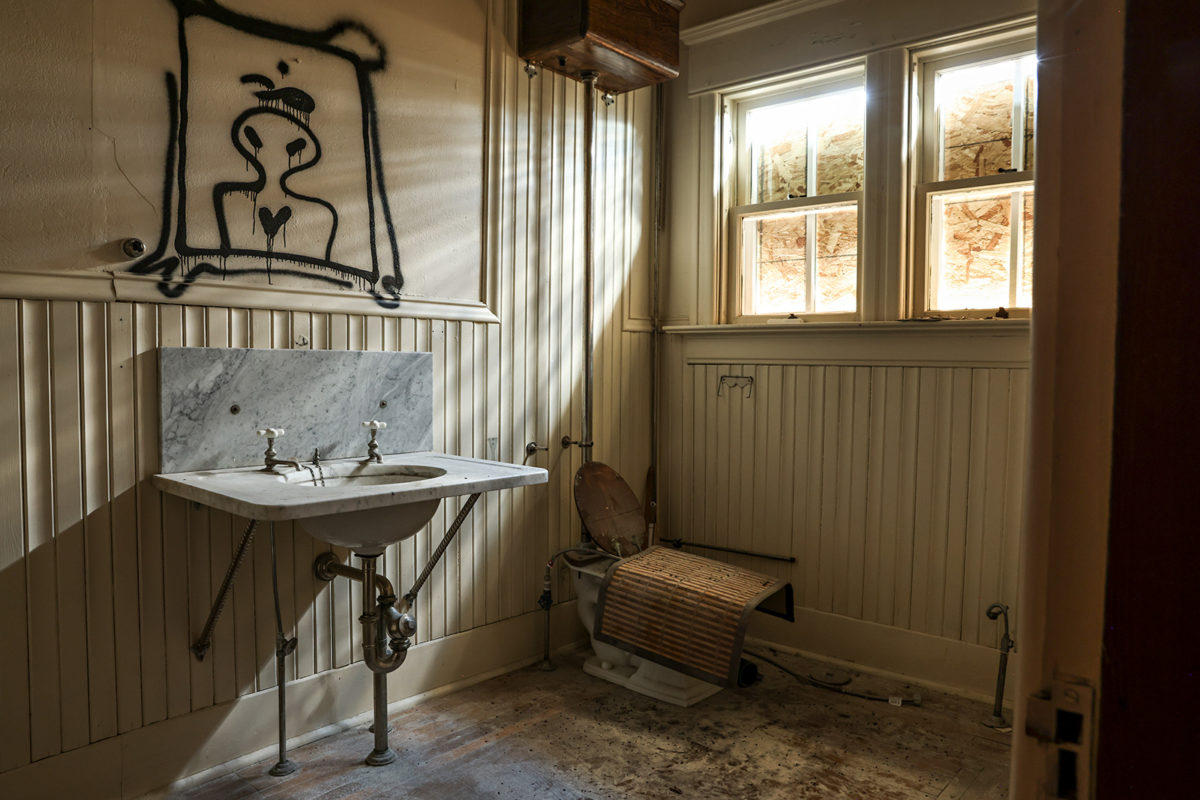
The structure would be part office, part private residence and part inn for the next 40 or so years until the company sold it to the McDevitt family. The offices were moved out and the boarding house shuttered. The building was closed to the public and would remain so for the next 75 years.
The McDevitt family kept to themselves and erected more no trespassing signs on the property to keep people away. But that signage did little to deter kids on Halloween, and the family would always put a bowl of candy on the porch to satisfy the children, recalls Brad Nelson, who grew up in the area.
Over the years, as the McDevitt family got smaller, parts of the mansion were shuttered, starting with the third floor and then the second floor. The yellow paint that had been a trademark of the old building began to fade. In 2005, the mansion was sold to Christin Didier, who planned to restore it. But those plans fell apart a few years later when a microburst on the shores of Flathead Lake caused significant damage to the roof. A few months after that, a chimney fire resulted in even more damage. The structure began to fall into disrepair. In 2011, the bank foreclosed on the property and Didier was evicted the following year.
Then in November 2012, the mansion was again put on the market, this time for $399,900. Many people thought the asking price was too low, especially for 5 acres overlooking the lake, but a walk inside the mansion would quickly explain the price point. Water and fire had taken their toll, and a new roof was urgently needed. Locals worried that the property might fall into the wrong hands and that a developer would scoop it up and knock the building down. Although the house has deep ties to the town’s history, it is not on any historic register.
In early 2013, Christy Manson, a flight attendant from California who planned on retiring in Montana, made an offer. She had seen the listing and, upon visiting the property, immediately fell in love. A few days after the sale closed, news of the mansion’s new owner hit the newspapers. Manson, who had no idea of the building’s ties to the community, was shocked.
“I never anticipated the huge spotlight on me when I bought it. It’s overwhelming,” she told the Flathead Beacon in late 2013, months after she had purchased it and unflattering rumors of the building’s future began to percolate around town. “I’m going to do whatever I can to preserve what I can, but it seems that the whole town thinks it has a say in what happens.”
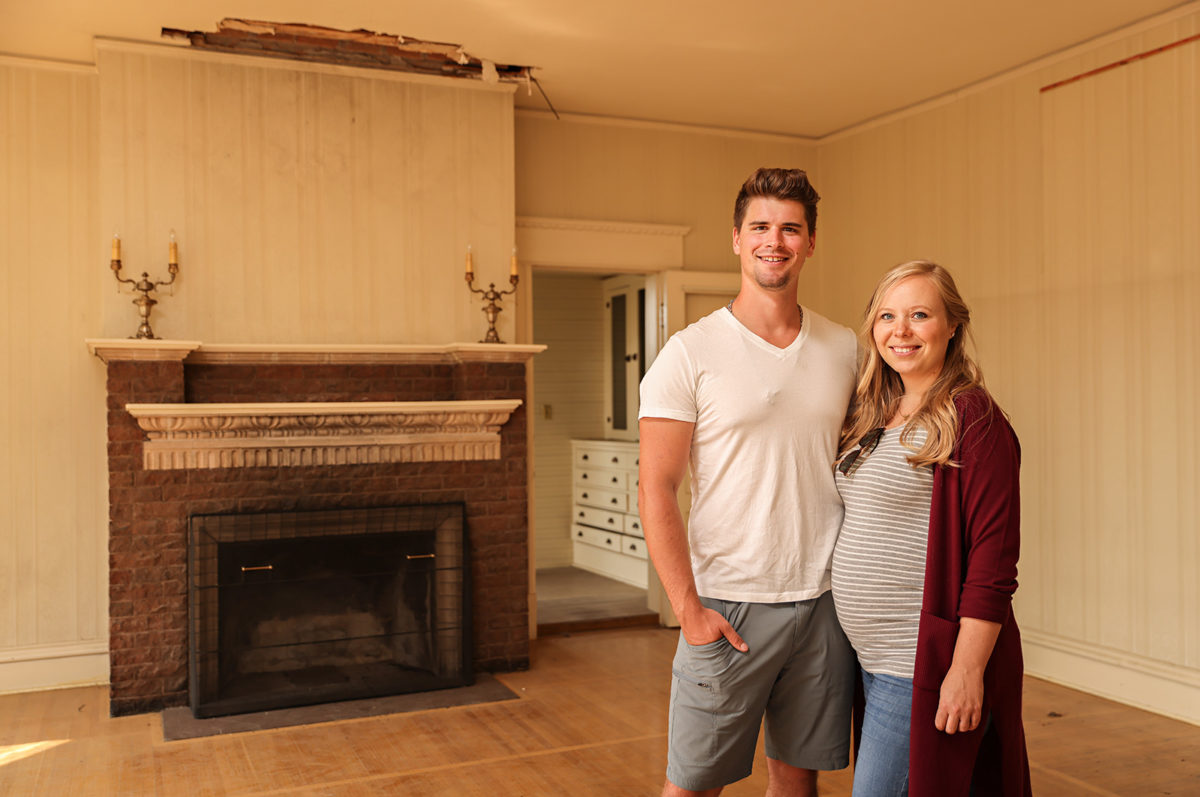
Manson’s restoration ambitions never panned out. The iconic yellow paint continued to fade, along with the hopes of a return to glory. In 2020, the house was quietly put back on the sale block, this time buoyed by a red hot housing market. The asking price was $890,000.
That’s when people started texting Jasmine Morton, the little girl who years earlier tried to get into the mansion with a plate of cookies, and who was now a 28-year-old attorney in the Flathead Valley. Morton never fell out of love with the building and would often daydream about someday buying it. Her husband, Justin Morton, learned of her love for the old home not long after they started dating. But when she started getting texts about the home’s availability, owning it still felt like a far-off dream. She decided to call a realtor and set up a viewing, if only to settle her lifelong interest of peering inside.
“We didn’t really expect to put an offer in on the house,” she said. “I really just wanted to see inside.”
But what the Mortons found surprised them. While the building did need a lot of work, the bones of the structure were stable. With a new roof and some time, they believed it could be restored to its former glory. It also didn’t hurt that Justin is a general contractor who specializes in remodeling old homes. The couple’s offer was accepted, and Jasmine’s longtime dream of owning the Somers Mansion had come true.
One of the first orders of business was to put a new roof on the building, which happened earlier this year. Over the summer, Justin started working on the stone foundation in an effort to stabilize the structure. Jasmine said the long-term goal is to restore the mansion and move into one of the rooms upstairs. The rest of the house will be turned into lodging — a nod to its earliest days as employee housing for the tie plant — and rented out for weddings and other events.
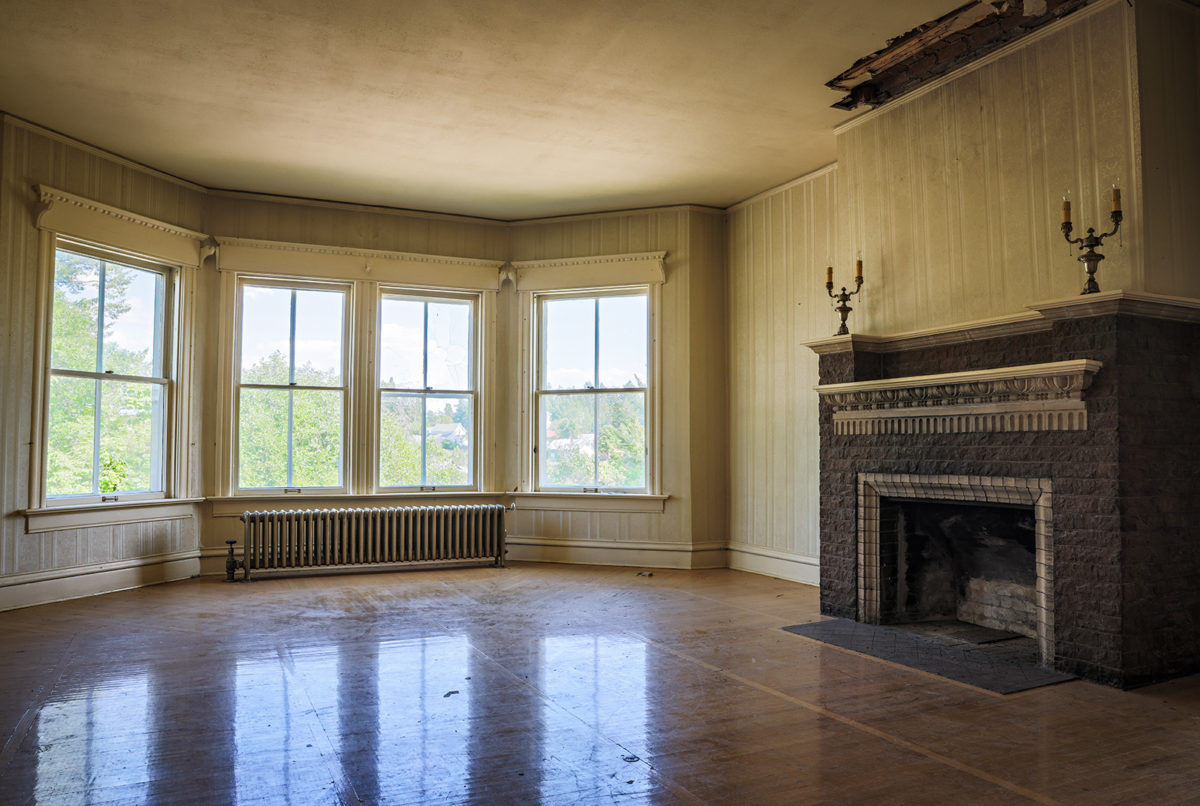
The Mortons are currently restoring the nearby carriage house, and Jasmine said they hope to have the two-story structure rebuilt this year, with weddings already booked for next year. The mansion itself will take longer, but Justin said he’s received a lot of interest from local contractors. Like Jasmine, they’re also curious to have a look inside.
The Mortons are well aware of the local interest in the mansion and want to share it with the community. A few weeks after purchasing the house last winter, the Mortons decided to have a small open house the weekend after Thanksgiving. They put up a flyer in the Somers Post Office, thinking it might attract the interest of a few dozen people. On the day of the open house, more than 400 people showed up.
Jasmine said they plan on holding similar events in the future as the restoration progresses, with the eventual goal of hosting community events there.
“We want to keep the community informed of what’s happening with the mansion and we want to be transparent,” she said. “The community loves this building and we don’t want to just shut them out.”
For more information, visit SomersMansion.com.
Justin Franz is a writer, photographer and editor based in Whitefish. He worked for the Flathead Beacon for nine years, and his work has also appeared in the Washington Post, Seattle Times and New York Times. Find him at justinfranz.com.
Editor’s Note: This story will appear in fall edition of Flathead Living, on newsstands later this month.
